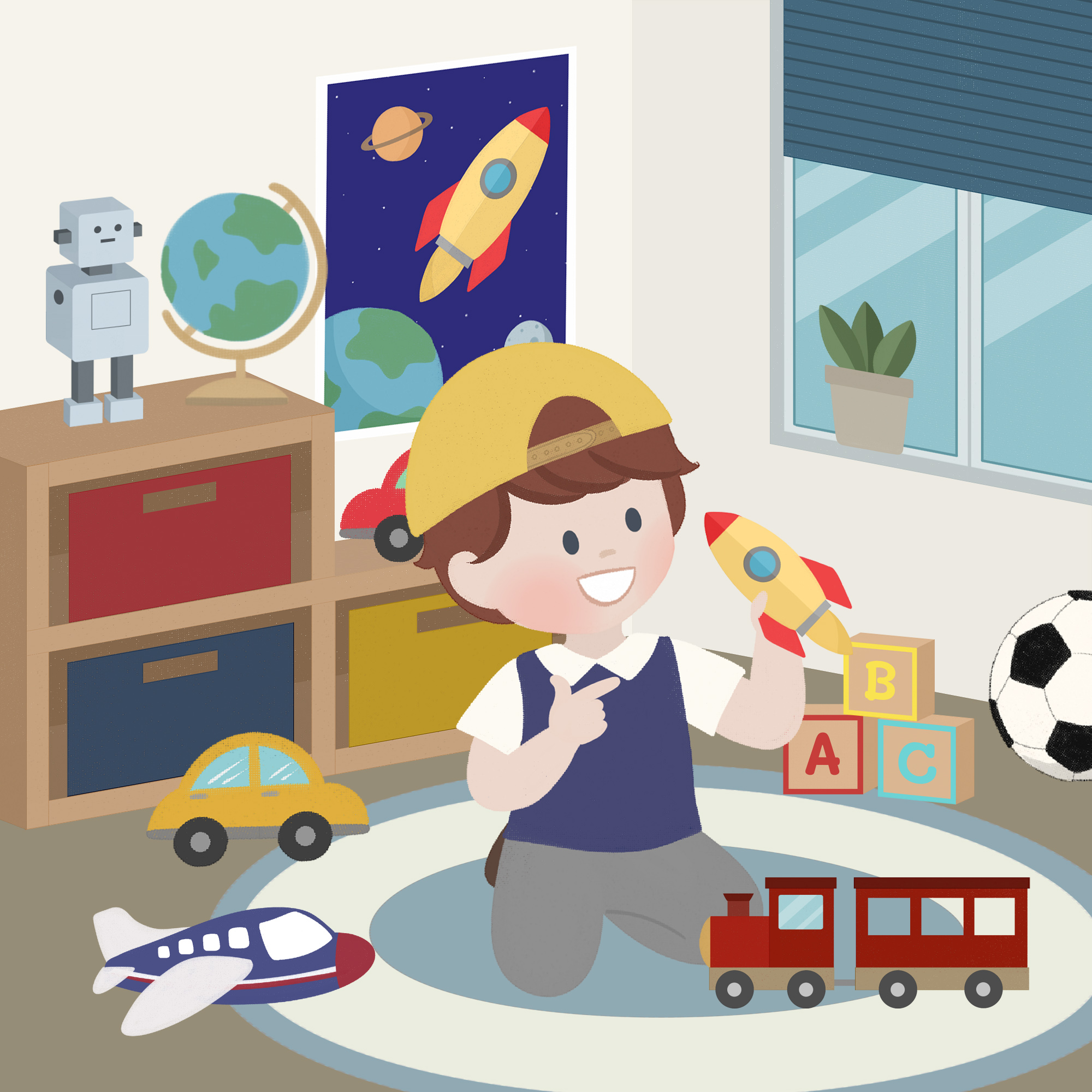An article by Richard James Rogers (Award-Winning Author of The Quick Guide to Classroom Management and The Power of Praise: Empowering Students Through Positive Feedback). This blog post is illustrated by Pop Sutthiya Lertyongphati.
Accompanying podcast episode:
The 94th Academy Awards will forever be known as the night when Will Smith slapped Chris Rock: be that staged or not as the case may be. In today’s blog post, I go through some things that teachers and schools can take from this fiasco when designing curricula, preparing young people for the future and discussing this issue if and when it arises in our conversations with students.
Lesson #1: Managing your emotions is a key life-skill
What I think became very apparent from this situation was that Will Smith’s actions were completely unacceptable. He went from smiling and laughing to full-fledged violence in less than a minute, and it was completely unjustified. As teachers, our message to students has to be that violence is a never the right way to deal with people who offend us.
As a consequence of this outburst, Will’s reputation has been tarnished for life – a reality that will affect him in many and varying ways. For the majority of our students, (who, of course, will not become A-list celebrities), a moment of public rage like this can be career-destroying or business-destroying, and could even land them with a lengthy prison sentence.

Our students need to know that.
Our students really need to be made aware that we live in a heavily-surveilled society – everyone has a portable camera and microphone at-hand these days. All it takes is one emotional flare-up recorded on a smartphone to cause a person to lose everything – and most of us cannot recover easily from such a loss. In fact, most people may never fully recover from such an extreme deterioration in personal circumstances.
What’s also interesting to me is the emotional responses we see from Chris Rock and Jada Pinkett Smith in the limited footage we have:
- Chris didn’t swear back at Will, and didn’t hit him back. He remained calm, attempted to brush it off and tried to keep the audience entertained. In this, Chris demonstrated excellent self-control and should be commended for his resolve and professionalism, in my opinion.
- Jada seemed quiet and resolute throughout, although it was pretty obvious that she wasn’t happy with Chris’s joke (which, of course, is understandable).
Perhaps this whole Will Smith vs. Chris Rock incident would serve to be a great case study to feature in school textbooks on mindfulness and self-discipline: children could, certainly, learn a lot about the reputational consequences of not monitoring one’s emotions, and the fallout that can happen when we act by reflex-action, rather than by enlightened self-interest.

Lesson #2: Marriage often involves a power-dynamic, and comes with legal entanglements (and children should be taught about that)
Will’s almost immediate change of character from a laughing, happy audience member to an aggressive protagonist: prompted, it seems, by the look on his wife’s face when the joke didn’t quite resonate, really set alarm bells off in my mind. It seemed to me as though Will Smith was more afraid of facing the wrath and scorn of his wife when he got home (for not standing up for her), than face the consequences of an abusive physical and verbal tantrum for all and sundry to see at the Academy Awards that night.
This points to an apparent power-dynamic that’s in-play within Will and Jada’s marriage, and most analysts would agree that it is not Will who holds the role of leader in the relationship. This appears to be backed up by events that ran prior to Sunday’s debacle:
- 1997: Will and Jada got married, with Jada apparently admitting in a 2019 People Cover Story that she didn’t really want to tie-the-knot in the first place – she stated that “I never wanted to get married. But my mother was like, ‘You have to get married’ — she’s so old-school — and Will wanted a family. So I said, ‘All right, maybe it’s something I should do.’”. Jada was pregnant with their first child, Jaden, and seemingly felt under tremendous pressure to get married at that time.
- 2020: The famous Red Table Talk happened, in which Jada confirmed that she had had a relationship with August Alsina, claiming that she was separated from Will Smith at the time. Will Smith seemingly sits through the talk looking like a deer in headlights, which subsequently becomes a viral meme. Jada described her situation with August as an ‘entanglement’.
We’ll never know the full details of what Jada and Will are going through, nor have been through in the past – that’s personal to them. However, as public figures, they automatically act as role-models for young people and as teachers we should address some key takeaways.

Children should be taught about what marriage actually is – from both a legislative and religious standpoint. Children need to know what the legal consequences of marriage and divorce are, particularly:
- What alimony is, and why it is paid
- The fact that mothers overwhelmingly receive majority child custody in the case of a divorce
- What the law says about adultery – some countries and regions are harsher than others
- What the law says about cohabitation
- How marriage affects immigration status
- How assets may be divided in the case of a divorce
- What a pre-nuptial agreement is
Many men and women feel trapped in their marriages because the consequences of divorce can be terrifying to contemplate. Does Will Smith feel trapped in his marriage – unable to leave a miserable situation because the financial and emotional fallout would be too great? We’ll never know. However, what is true is that most children leave school knowing NOTHING about family law as it pertains to marriage.
Not knowing this information is surely a massive disadvantage. How can any young adult perform a cost/benefit analysis of matrimony if he or she doesn’t know all of the facts beforehand? Around 50% of marriages end in divorce, for example. Would you jump out of an airplane if you knew that the parachute only had a 50% chance of opening?
Another aspect is the reasoning one uses to enter a marriage in the first place. Is Jada’s justification – feeling under pressure and being pregnant at the same time – a good excuse for getting married? How do we approach that with children and young adults? What are the consequences when we enter into life-contracts out of fear of upsetting our friends and family?
Lesson #3: Sometimes ‘sorry’ just isn’t enough to bail you out of trouble
Will Smith did eventually apologise for his actions in an Instagram post, stating that “Violence in all of its forms is poisonous and destructive,”.
Will Smith has a net worth of around $350 million at the time of writing. He can afford to move on after a brief apology. Most of us don’t have that luxury.
Our students need to know that there are consequences for their actions. Will and Chris’s exchange was a freak incident – an altercation between two famous, rich people. For our students, an assault may not be forgiven by a simple apology. Most of our students will be destroyed financially by a criminal record – unlike Will Smith, who would have walked away just as rich, perhaps richer due to the publicity, had Chris Rock had pressed charges through the LAPD.
The bottom-line
Our consensus as teachers has to be that what Will Smith did was completely unacceptable. Violence is never the correct way to respond to people who offend us.
Recommended further reading
Can Sympathy and Empathy Be Taught?

We welcome you to join the Richard James Rogers online community! Join us on Facebook and Twitter for regular updates, giveaways of Richard’s books, special offers, upcoming events and news.
















